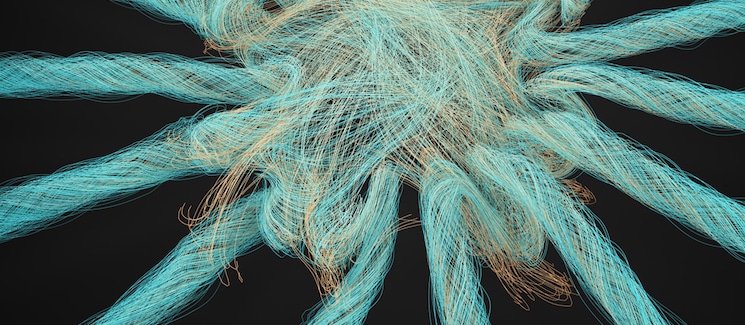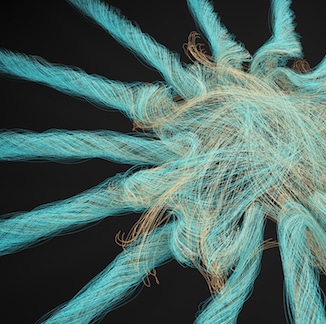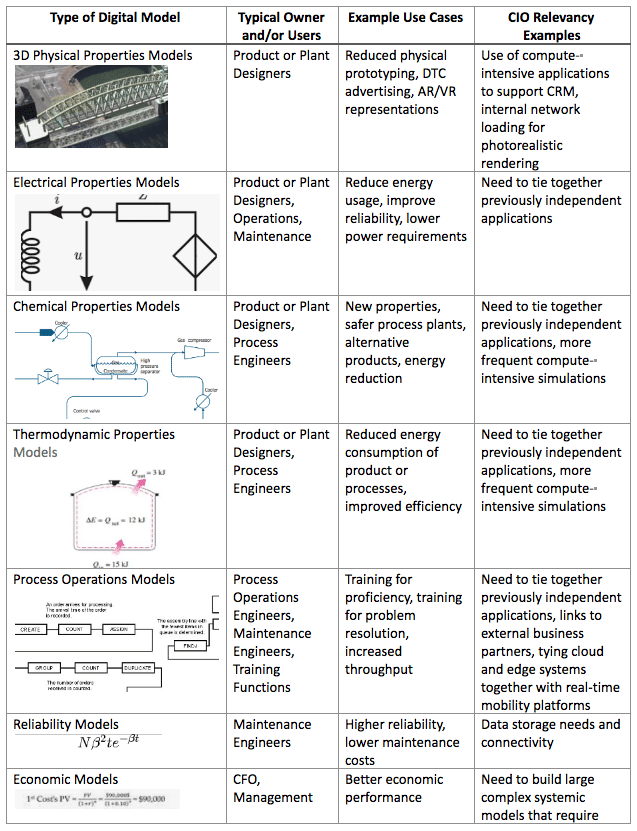
My three previous blog posts on the Digital Cloth outlined “what is a digital cloth”, “how to design digital cloth” and “why the digital cloth is so important in MRO centric industries”. My final post in this series is a look into the types of digital continuity, where all the threads originate, and the types of data they can all bring together, as the threads of a digital cloth.
As noted in my previous posts, the numerous types of digital design and production data all originate in different phases of a system or product’s lifecycle, are created by different groups, and are used in different ways. This system complexity is why it is imperative to have:
- A good design for how things are weaved together
- The right technology to build, manage and maintain your digital cloth
- A knowledgeable partner to help keep it all tied together
Depending on the product or complex system there can be dozens of Digital Threads or virtual product representations. The following table presents just some of the types of Digital Models that may need to be tied together.
Table courtesy of The Analyst Syndicate
Rub-a-dub-dub, the Supplier, the Designer, the Maker, the Maintainer
The origin of the phrase “the Butcher, the Baker, and the Candlestick-maker goes back to literature in the 1850s but has become synonymous with the variety of people, trades, or businesses that operate together in a commercial system.
In manufacturing this also holds true. All across the value chain, from the tier two or three suppliers all the way to the OEM and the end customer or asset owner/operator, today’s business requires digital continuity – typically digital threads – that make integrated systems design, manufacture, and operations including maintenance possible.
For a complex product such as an aircraft, there may literally be hundreds of unique digital models for each individual product. They can be for a component, a device, a subsystem, a system, or the metasystem that comprises the entire lifecycle of the product. And each of the layers may have any of the types of models from the table above.
It is this complexity and the technical nature of the data that makes integrating the digital threads from all of these systems such a challenge. It is why getting the right technology, not just to establish digital continuity today, but for new systems and procedures coming in the future as technology continues to evolve.


